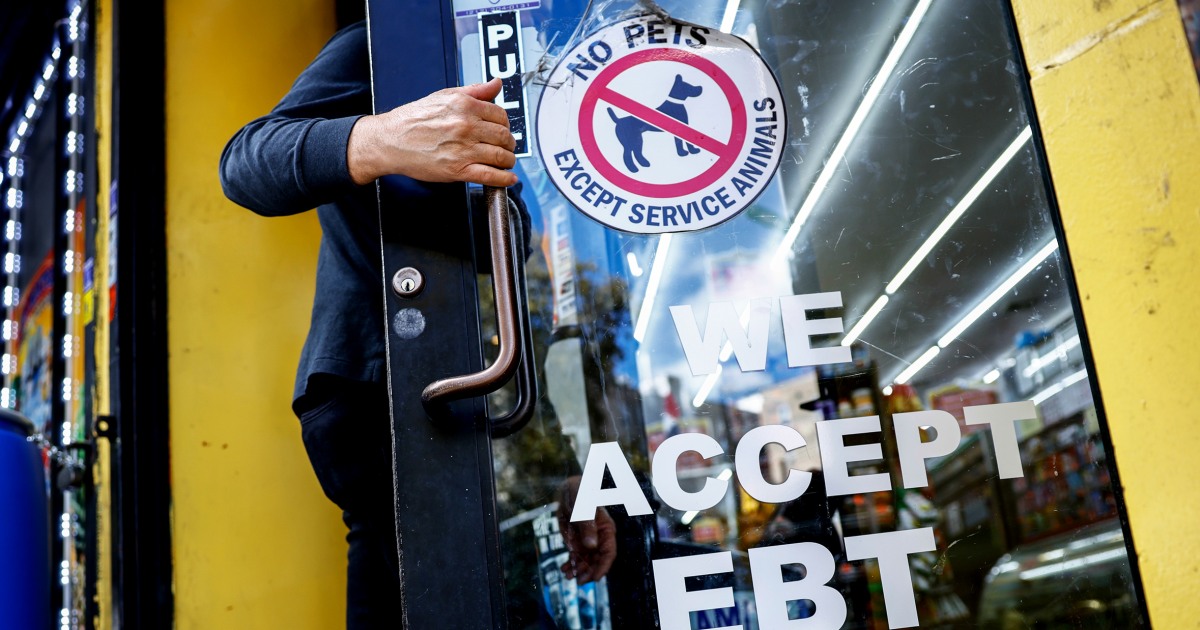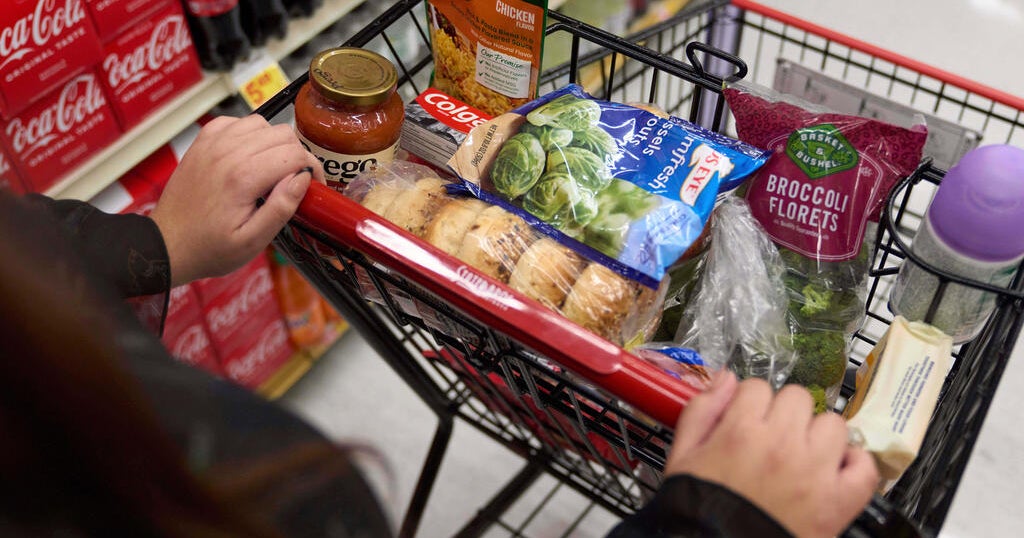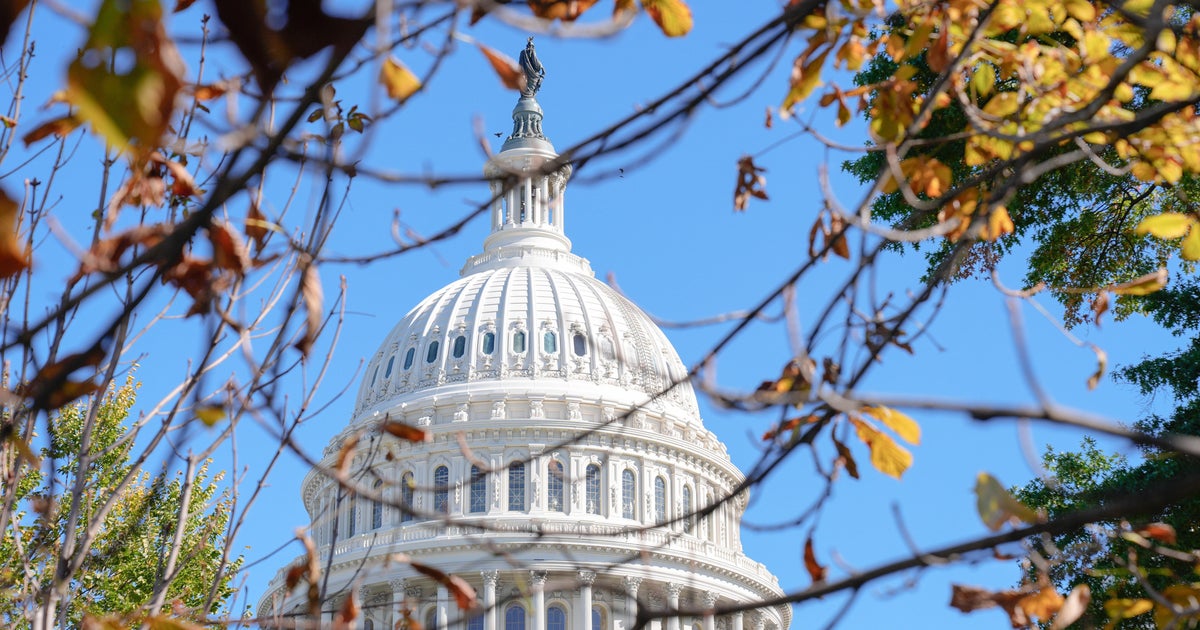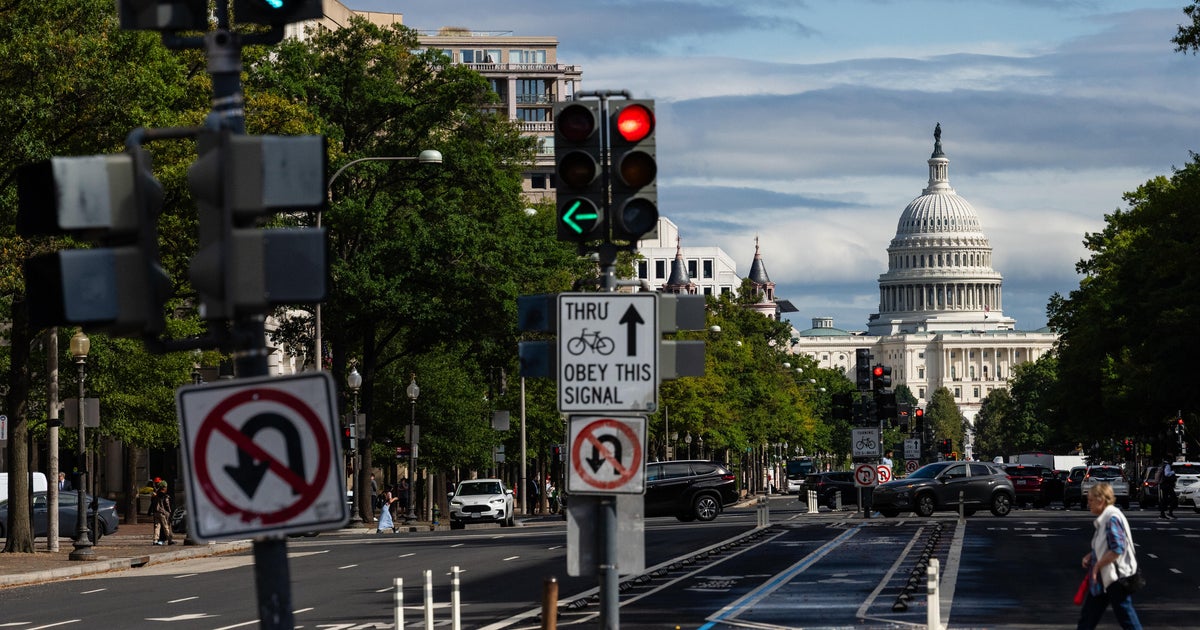SCOTUS Blocks SNAP Benefits Release Amid Government Shutdown Sparks Uncertainty

Supreme Court Blocks SNAP Benefits Release
The Supreme Court has temporarily halted a lower court ruling that required the Trump administration to release the full November SNAP benefits on Friday. This emergency order pauses the distribution amid ongoing legal disputes related to the government shutdown. Some states had already begun issuing partial payments before the injunction took effect.
Political and Social Reactions
Democratic leaders strongly criticized the administration’s move, accusing it of withholding food aid from millions of Americans. Lawmakers vowed to fight the delay, emphasizing the urgency of supporting vulnerable families. Meanwhile, several states, including Massachusetts, have tried to issue full benefits using alternative funding sources, but the Supreme Court’s order complicates these efforts.
Implications for SNAP Recipients
With over 40 million Americans relying on SNAP, the pause creates uncertainty for many households facing food insecurity. The USDA had planned reduced allotments for November, but the recent legal developments leave the timing and amount of aid unclear, intensifying concerns during the government shutdown.
About the Organizations Mentioned
Supreme Court
The **Supreme Court of the United States**, commonly referred to as SCOTUS, is the highest court in the U.S. federal judiciary. Established by Article III of the U.S. Constitution, it plays a pivotal role in interpreting the Constitution and federal laws, ensuring their alignment with the founding document. ## Organization and History Founded in 1789, the Supreme Court initially consisted of a Chief Justice and five Associate Justices. Over time, the number of justices has fluctuated, settling at nine in 1869[4]. The Court's primary function is to adjudicate cases involving federal law and the Constitution, with the power to review and overturn decisions from lower courts[1][6]. It also has original jurisdiction in cases involving ambassadors, consuls, and disputes between states[1]. ## Key Achievements One of the Supreme Court's most significant achievements is the establishment of judicial review through the landmark case **Marbury v. Madison** in 1803. This decision allowed the Court to invalidate laws deemed unconstitutional, setting a precedent for its role in checking the legislative and executive branches[1][2]. ## Current Status Today, the Supreme Court continues to play a crucial role in shaping U.S. law and policy. It meets annually from October to June or July, reviewing thousands of petitions and deciding around 80 cases each year[1][2]. The Court's decisions often have profound impacts on business and technology, influencing regulatory environments and legal frameworks. ## Notable Aspects - **Independence**: Justices are appointed for life, ensuring the Court's independence from political pressures. - **Influence on Business and Technology**: Supreme Court rulings can significantly impact business practices and technological innovation by clarifying legal standards and regulatory frameworks. - **Symbolism**: The Court is symbolically important, with its motto "Equal Justice Under Law" reflecting its commitment to fairness and impartiality[3].
USDA
The United States Department of Agriculture (USDA) is a major federal executive department tasked with leadership in food, agriculture, natural resources, rural development, nutrition, and food safety. Founded in 1862 by President Abraham Lincoln as "The People’s Department," its initial mission was to support farmers through research and seed distribution. Over time, USDA's role has expanded significantly to address modern agricultural production, conservation, rural prosperity, and nutrition assistance[1][2][5]. USDA operates through 29 agencies organized into eight key mission areas: Farm Production and Conservation; Food, Nutrition, and Consumer Services; Food Safety; Marketing and Regulatory Programs; Natural Resources and Environment; Research, Education, and Economics; Rural Development; and Trade and Foreign Agricultural Affairs[1]. It employs about 100,000 people across roughly 4,500 locations, managing a budget of approximately $467 billion for FY 2024, making it one of the largest federal departments[1]. Notable achievements include pioneering agricultural research, launching the Cooperative Extension Service in 1914, implementing New Deal programs during the 1930s, and establishing major nutrition programs such as the Food Stamp Program (now SNAP) in the 1960s. The USDA also oversees the largest federal land manager, the United States Forest Service, which administers national forests and grasslands comprising about 25% of federal lands[2][5]. Currently, USDA focuses on fostering innovation in sustainable agriculture and biotechnology, enhancing rural economic development including renewable energy and broadband access, and ensuring food safety and nutrition for Americans. It supports small- and medium-sized farms through Sustainable Agricultural Research and Education grants and plays a critical role in food security both domestically and internationally[1][4]. In business and technology contexts, USDA's integration of science-based policy, research, and technology transfer drives agricultural productivity and rural modernization. Its efforts to balance environmental stewardship with economic growth exemplify federal leadership in managing complex food and natural resource systems amid climat







